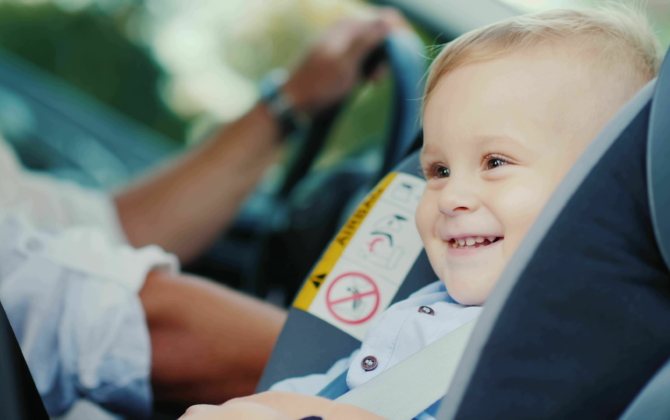Jump to
By 2030 road traffic injuries will be the fifth leading cause of childhood death worldwide, and the seventh leading cause of Disability Adjusted Life Years (DALYs)1. The use of restraint systems is an effective measure to prevent serious injury and death among children travelling in cars.2 The risk of death and injury to child passengers is reduced by more than half with optimal child restraint use.2 – 4 Over the last decades, a number of effective interventions for increasing the use of appropriate restraints have been identified5 including mandating the use of appropriate forms of restraints. However, less is known about how to effectively counter incorrect use of restraints, despite this being a long standing and widespread problem. Reducing incorrect use will lead to substantial casualty reductions in high income countries as well as low to middle income countries9.
Information on how to use a child restraint system correctly is routinely communicated on the labels and instruction manuals accompanying the restraint, and this is inevitably the first point of communication for new restraint users. Child restraint system users frequently report using the instructions and labels accompanying the restraint10 – 12, and many jurisdictions regulate some of the content and format of these materials through product standards. In a recent Australian survey of 400 parents, 90% reported that they had read the instructions supplied with the restraints13, yet high rates of incorrect use continue. A number of studies have also reported a specific higher likelihood of incorrect use among parents who report using available information on how to correctly use restraints12,14. This suggests instructional materials in their current from may not be effective in communicating how to use restraints correctly, as well as potential inadequacies in requirements covering instructional materials in product standards.
This research study aims to look at the factors that help or hinder proper child car seat use. The purpose of the study is to establish whether supplementary product materials increase the correct use of child car seats among purchasers of new child car seats.


